The Biden administration has been warning about a Russian incursion into Ukraine for weeks. On Wednesday, Secretary of State Antony Blinken had a virtual meeting with his Russian counterpart, Sergei Lavrov. “If Russia decides to pursue confrontation, there will be serious consequences,” Secretary Blinken said at the start of a 40-minute meeting.
Now, the Washington Post is reporting specifics of the buildup of Russian forces on the border with Ukraine, identifying four areas of troop concentrations and the potential for Moscow to mass up to 175,000 troops for an offensive that could come as soon as early 2022.
The unclassified U.S. intelligence document obtained by The Post, which includes satellite photos, shows Russian forces massing in four locations. Currently, 50 battlefield tactical groups are deployed, along with “newly arrived” tanks and artillery, according to the document.
While Ukrainian assessments have said Russia has approximately 94,000 troops near the border, the U.S. map puts the number at 70,000 — but it predicts a buildup to as many as 175,000 and describes extensive movement of battalion tactical groups to and from the border “to obfuscate intentions and to create uncertainty.”
Russia has also called up tens of thousands of reservists and its rhetoric toward Ukraine has become increasingly belligerent. This is either one of the biggest military deception operations since World War II, or Putin is deadly serious.
Related: Ukraine Warns of Russian-Sponsored Coup as NATO Dithers About a Response to Putin Aggression
The installation of Joe Biden as the American president and German Chancellor Angela Merkel’s exit from power has given Putin a rare opportunity to have his way in Europe, unchallenged by a toothless NATO and the faltering U.S., which doesn’t have the stomach to stop Putin even if it could.
Putin appears confident enough to warn the U.S. against sending weapons to Ukraine or making any move to invite them to join NATO. And he’s preparing his own people for war.
“Additionally, in the past month, our information indicates Russian influence proxies and media outlets have started to increase content denigrating Ukraine and NATO, in part to pin the blame for a potential Russian military escalation on Ukraine,” the official said.
“Recent information also indicates that Russian officials proposed adjusting Russia’s information operations against Ukraine to emphasize the narrative that Ukrainian leaders had been installed by the West, harbored a hatred for the ‘Russian world,’ and were acting against the interests of the Ukrainian people.”
The U.S. is advising Ukraine not to give Russia a pretext to invade. President Volodymyr Zelensky hasn’t been very cautious in his rhetoric against Russia — and who can blame him — but the volatile Putin might use anything as an excuse for military action. “We’re also urging Ukraine to continue to exercise restraint because, again, the Russian playbook is to claim provocation for something that they were planning to do all along,” said Blinken.
Putin is demanding certain “assurances” in writing because he says NATO has not kept its promises regarding Ukraine. Russia needs “precise legal, judicial guarantees because our Western colleagues have failed to deliver on verbal commitments they made,” Putin said in a speech at the Kremlin this week.
From Putin’s point of view, he’s not risking very much if he carries through and attacks Ukraine. The likelihood of a general war with the west is remote, and Russia is so heavily sanctioned now that any additional restrictions would end up hurting nations in western Europe. Specifically, with much of western Europe dependent on Russia for their energy needs and NATO countries still struggling to emerge from the pandemic, how likely is it that Europe would slit its own throat by sanctioning Russian energy companies?


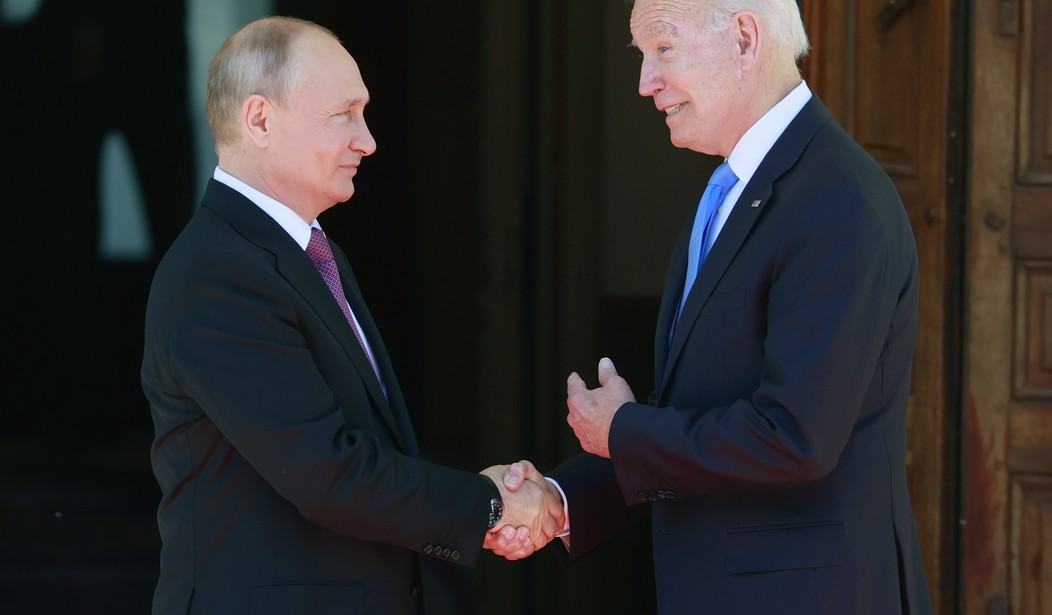


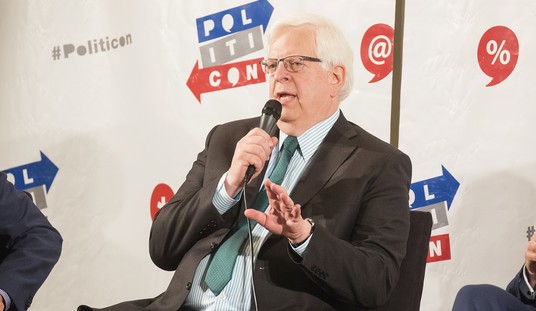
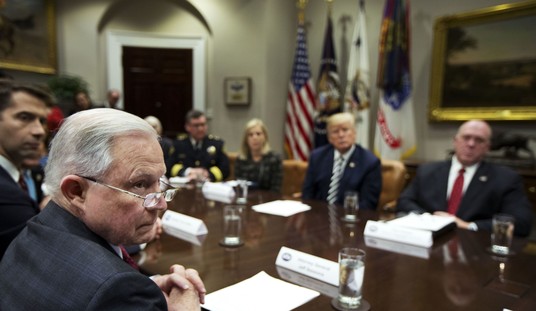
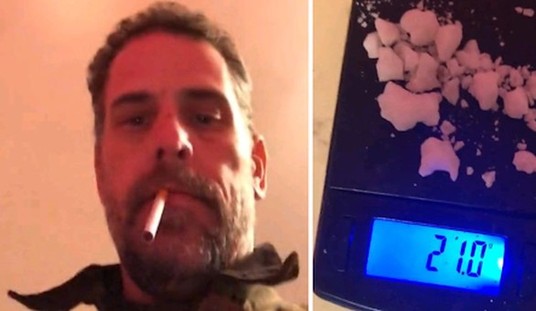

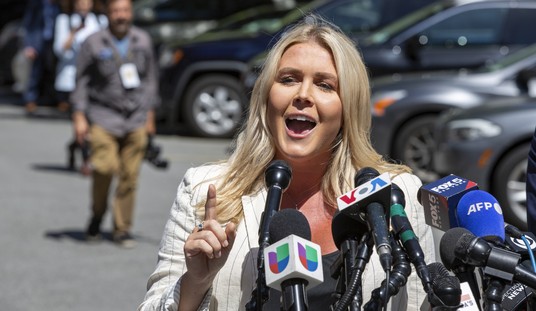
Join the conversation as a VIP Member